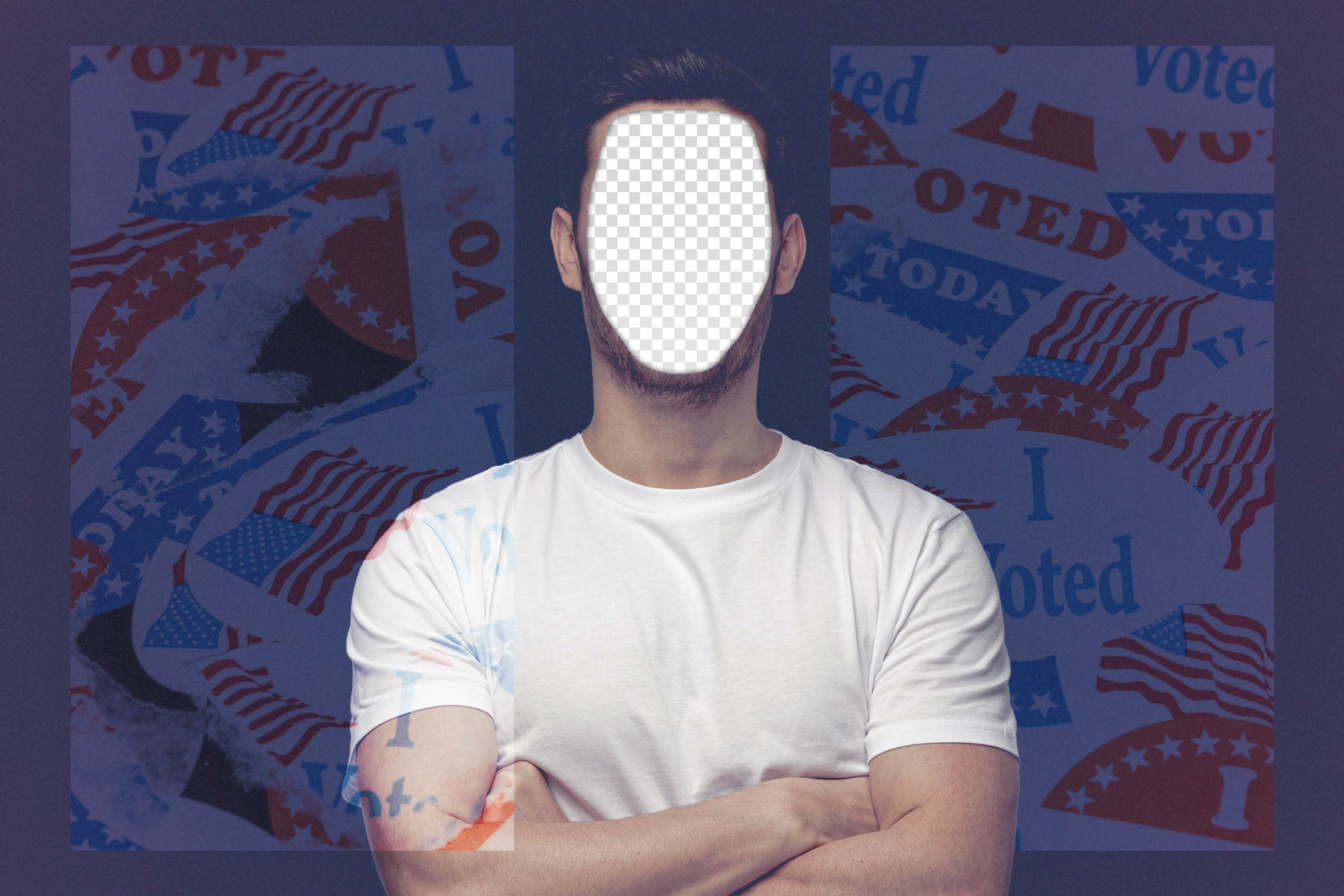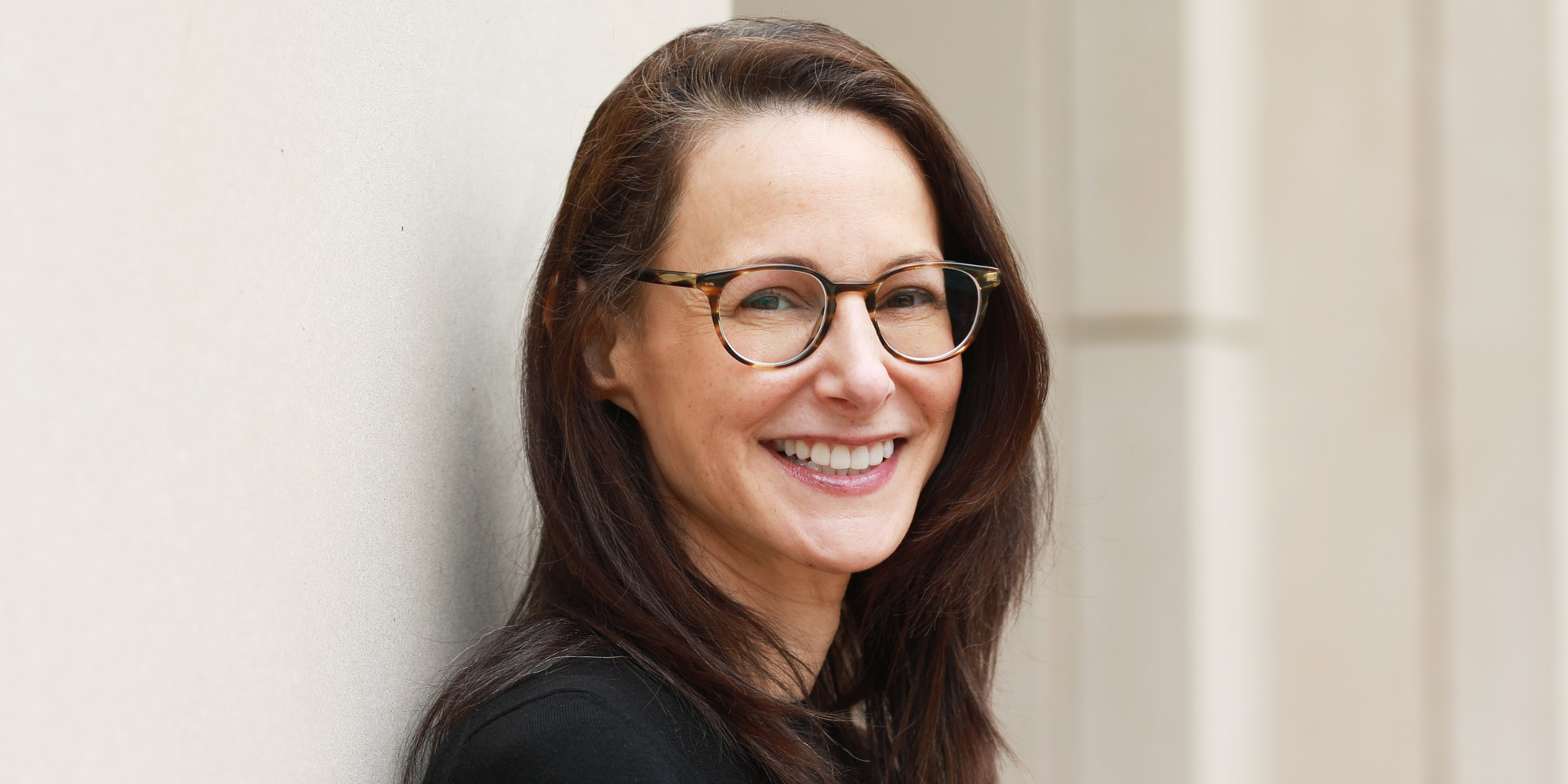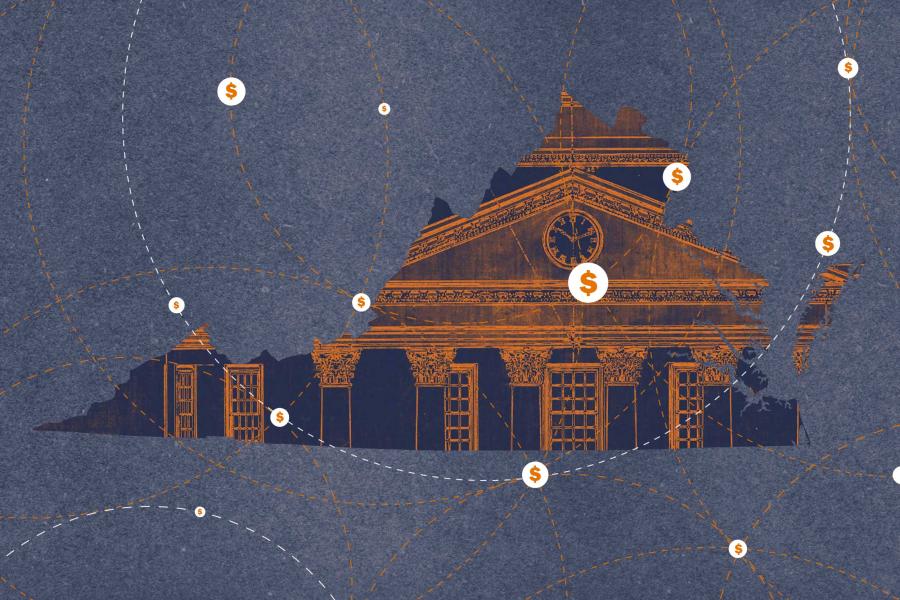“Doctored photos and video footage, candidates’ comments taken out of context; it has already been used for decades in campaigns,” Whaley said. “What AI does is dramatically increase the scale and proliferation, leaving us numb and, hopefully, questioning everything we see and hear about elections. For some voters, exposure to certain messages might suppress turnout. For others, even worse, it could stoke anger and political violence.”
Citron and Chesney worry that social arguments over what facts are true, could make lies readily accepted by voters.
“The marketplace of ideas already suffers from truth decay as our networked information environment interacts in toxic ways with our cognitive biases,” the authors wrote. “Deepfakes will exacerbate this problem significantly. Individuals and businesses will face novel forms of exploitation, intimidation, and personal sabotage. The risks to our democracy and to national security are profound as well.”
There are efforts in Congress and the federal government to regulate the use of artificial intelligence-generated media. The Federal Election Commission on Aug. 16 opened public comment a proposed rule including AI productions under regulations of fraudulent misrepresentation of campaign authority.
The proposal came about after a July petition from Public Citizen, a nonprofit advocacy organization. Comments on the proposed rule, REG 2023–02, must be submitted to the commission on or before Oct. 16.
Whaley worries that a well-timed deepfake could wreak havoc at election time, perhaps spreading via social media. She noted there are 65 elections in 54 countries slated for 2024.
“With significant changeover in leadership at social media companies, especially X, I question whether the policy and technical teams are in place to fully assess the proliferation of malinformation across platforms,” she said. “This is particularly troubling given that malinformation online and organizing online can spill over into political violence in the real world. Think Charlottesville 2017 or Jan. 6, but much, much worse.”











